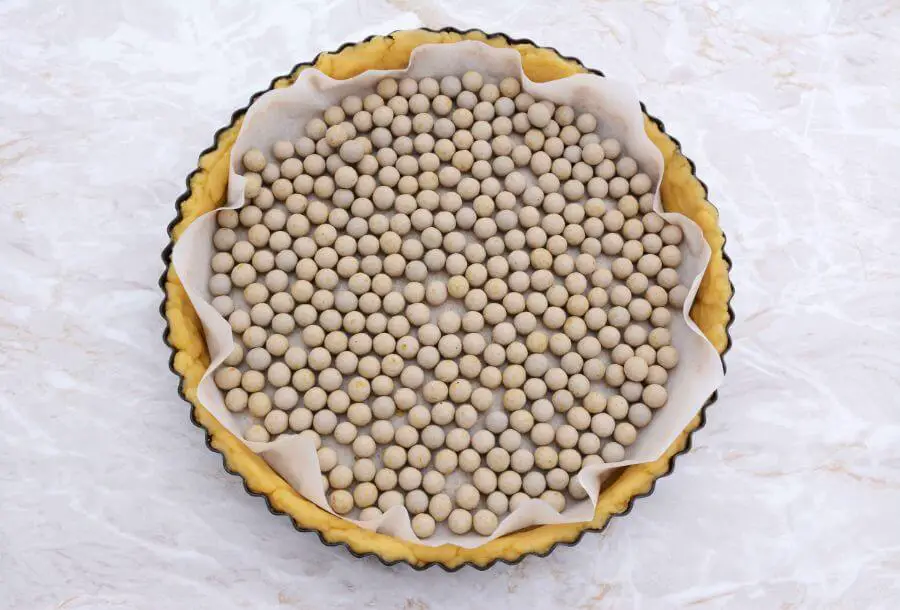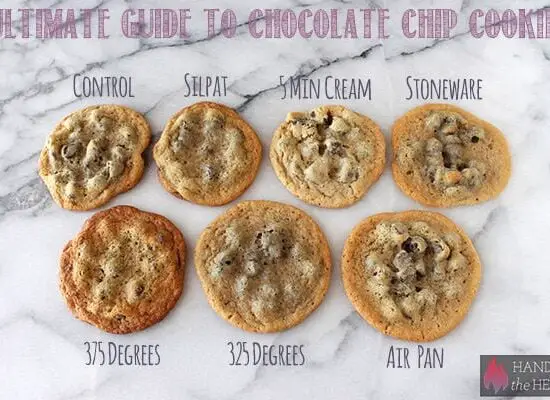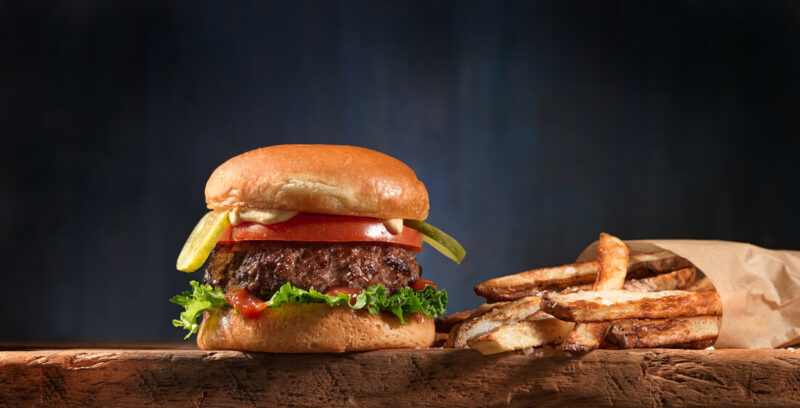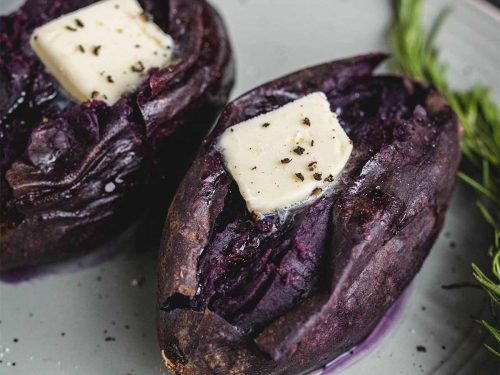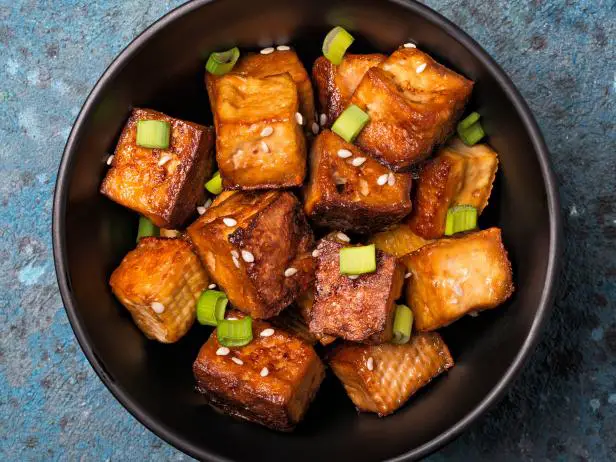Blind baking is an essential process in making homemade pie crusts. It refers to baking a pie crust before filling it with a liquid or moist filling. This is necessary to prevent the crust from getting soggy. Parchment paper is commonly used during the blind baking process as it ensures that the dough doesn’t stick to the pan and helps for even heat distribution. However, what if you don’t have parchment paper on hand? In this article, we will explore whether it’s possible to achieve successful blind baking without parchment paper.
Alternatives to Parchment Paper for Blind Baking
Option 1: Aluminum Foil
Aluminum foil can be used as an alternative to parchment paper when blind baking. Before using aluminum foil, make sure that it’s long enough and wide enough to wrap around your entire pie dish.
To use aluminum foil for blind baking:
- Preheat your oven according to your recipe’s instructions.
- Place the aluminum foil over the uncooked dough in the pie dish.
- Press down on the edges of the aluminum foil so that it hugs the sides of the pan tightly.
- Fill with pie weights – rice, dried beans, or unused marbles – on top of the foil liner evenly so that it creates an even surface.
- Bake according to recipe instructions.
One issue with using aluminum foil is its tendency to stick to dough, which may cause tearing when removing it after baking. Another potential problem with using aluminum foil is that it conducts heat differently than parchment paper does causing uneven heat distribution during baking time.
Option 2: Nonstick Spray
Another option for lining a pie dish during blind-baking processes is using nonstick cooking spray directly onto your pan instead of using parchment paper or other alternatives explained above.
To use non-stick cooking spray:
- Grease your pan well by spritzing liberally with non-stick cooking spray, making sure to cover the bottom and sides evenly.
- Place the uncooked dough in the pan and press down gently so that it forms to the shape of your dish.
- Fill with pie weights.
- Bake according to recipe instructions.
While non-stick cooking spray is a convenient alternative for blind baking, there are some downsides regarding chemicals and flavor transfer.
Option 3: Silicone Baking Mats
Silicone baking mats are also used for blind baking in place of parchment paper. The good thing about using silicone mats is that they don’t stick as aluminum foil might when cooked.
To use silicone baking mats:
- Preheat your oven according to your recipe’s instructions.
- Line your uncooked pie crust with a piece of parchment paper or wax paper that is slightly larger than the diameter of the pan, then set a silicone mat sheet on top of it
- Add pie weights (rice, dried beans, marbles).
- Bake according to recipe instructions.
The downside of using silicone mats is that they can be expensive in comparison to other alternatives.
Tips for Successful Blind Baking Without Parchment Paper
It’s possible to achieve successful blind-baking results without parchment paper by following some guidelines:
Tip 1: Grease Your Pan Well
When not using parchment paper during blind baking projects, be sure to grease your pan thoroughly before adding dough or crusts into it.
Tip 2: Avoid Using Overly Wet Dough
Avoid overly wet dough if you’re not using parchment paper since this can lead to sticking issues.
Tip 3: Watch Closely During Baking
Without protective parchment paper, keep an eye on baked goods while they’re in the oven since some materials require less time than usual due their higher conductivity like aluminum foil .
FAQ’s About Blind-Baking Without Parchment Paper
Q1) Will My Dough Stick Without Parchment Paper?
It is a possibility for dough to stick without parchment paper. However, proper pan greasing techniques can alleviate this problem.
Q2) Can I Use Wax Paper Instead?
Wax paper is not recommended for blind baking as it may melt in the oven and ruin the pie crust. Therefore, it’s best to avoid using wax paper altogether.
Conclusion
While parchment paper is a common choice for blind baking, it’s possible to achieve successful results without it. In this article, we’ve discussed alternatives such as aluminum foil, non-stick cooking spray, and silicone mats. When trying out these options always remember to watch your baked goods closely in the oven and be cautious when experimenting with first-time recipes that require blind-baking.
Q&A
- Q: Can I blind bake without using parchment paper? A: Yes, you can! While parchment paper is a popular tool for blind baking, it is not the only option available. Some bakers use aluminum foil or silicone mats instead.
- Q: Why do some people prefer not to use parchment paper when blind baking? A: There are a few reasons why some people choose not to use parchment paper when blind baking. One reason might be environmental concerns about waste. Additionally, some bakers find that using aluminum foil or silicone mats can be more convenient and easier to work with.
- Q: Is there any difference in the final result if you don’t use parchment paper for blind baking? A: Generally, there should not be a significant difference in the final result if you choose not to use parchment paper while blind baking. However, it is important to note that every recipe and kitchen setup is different, so it’s always a good idea to do a trial run before serving baked goods to guests.
- Q: What are some tips for successful blind baking without parchment paper? A: If you’re choosing not to use parchment paper when blind-baking dough or pastry crusts, there are a few things you can do to ensure success. First, make sure your pan is greased or sprayed beforehand so that nothing sticks. Additionally, make sure your foil or silicone mat covers as much of the crust as possible and is secured around the edges so that it doesn’t slide around during cooking- this will help prevent unevenly cooked pastry crusts!
